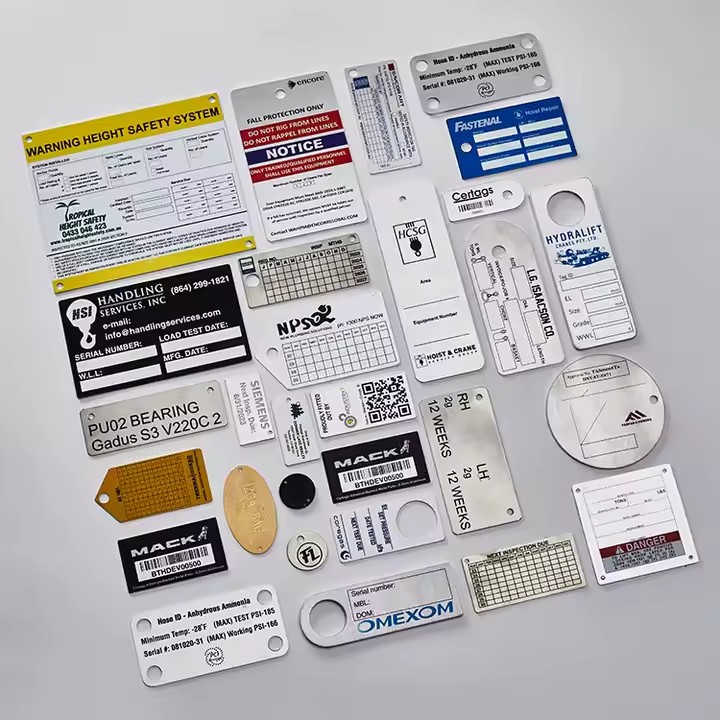Physical and Chemical Properties of Brass Material
Brass is a versatile metal alloy primarily composed of copper and zinc. Due to its unique combination of physical and chemical properties, brass is widely used in various industries, including manufacturing of labels, decorative items, and mechanical components. Understanding these properties helps manufacturers and customers appreciate why brass is an excellent choice for durable and aesthetically pleasing products.
Physical Properties of Brass
1. Density and Weight
Brass has a density typically ranging from 8.4 to 8.7 g/cm³, making it heavier than aluminum but lighter than many steels. This moderate weight provides a good balance of sturdiness and manageability for various applications.
2. Color and Appearance
Brass is known for its attractive yellowish-golden color, which can vary based on the copper-to-zinc ratio. This natural color makes brass popular for decorative uses. Additionally, brass can be polished to a bright shine or given an antique finish.
3. Mechanical Strength
Brass exhibits good tensile strength and hardness, which can be enhanced through alloying and heat treatment. It is strong enough to withstand mechanical stress in many industrial applications while maintaining some malleability.
4. Malleability and Workability
One of brass’s notable physical properties is its excellent malleability, allowing it to be easily shaped, stamped, engraved, or formed without cracking. This makes brass an ideal material for customized labels and intricate designs.
5. Thermal and Electrical Conductivity
Brass has moderate thermal conductivity and electrical conductivity. While not as conductive as pure copper, it is still suitable for applications where heat dissipation or conductivity is needed.
Chemical Properties of Brass
1. Corrosion Resistance
Brass is highly resistant to corrosion, especially from water and atmospheric exposure. The formation of a protective oxide layer on its surface prevents rapid degradation, making it suitable for both indoor and outdoor use.
2. Oxidation and Tarnishing
Over time, brass can undergo oxidation, resulting in a patina or tarnish that changes its surface color to darker shades. While this natural aging can add aesthetic value in some applications, protective coatings can be applied to maintain its original luster.
3. Reactivity
Brass is generally resistant to many chemicals, but it can react with ammonia and strong acids, which may cause dezincification (selective zinc leaching) or surface corrosion. Therefore, careful consideration is needed when brass products are used in chemical environments.
4. Non-Magnetic
Brass is a non-ferrous alloy, meaning it is non-magnetic. This property is important in applications where magnetism must be avoided.
Conclusion
The physical and chemical properties of brass make it a highly attractive material for labels and a wide range of industrial and decorative applications. Its strength, malleability, corrosion resistance, and appealing golden color provide a balance of durability and beauty that few other materials can match. For manufacturers and buyers looking for reliable, customizable, and premium metal labels, brass remains a top choice.







